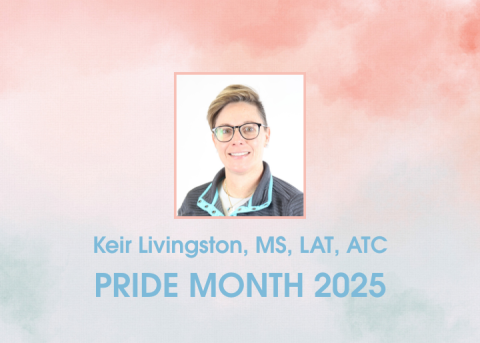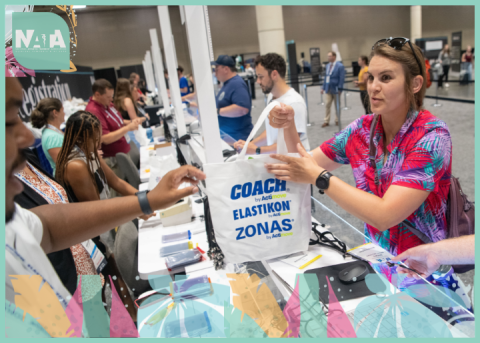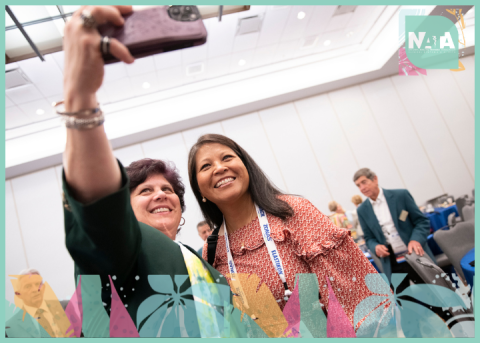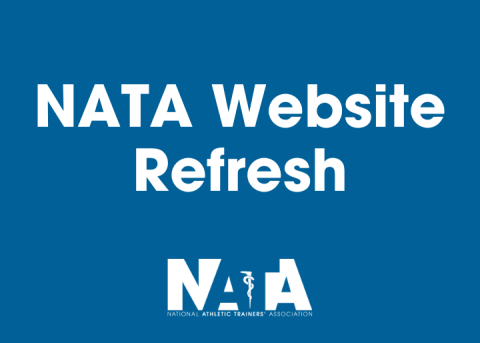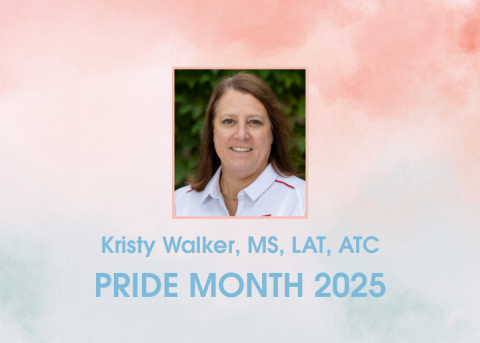
Throughout the history of athletic training, the college/university, higher education, professional sports, secondary school and various emerging settings have become home to athletic trainers wanting to care for all active populations. The impact of these ATs has helped their patients remain active and healthy in work, life and sport.
In honor of National Athletic Training Month this year, the March NATA News featured nine athletic trainers who are providing care to a variety of patient populations. They shared what drew them to the athletic training profession and their particular setting. They also shared how the AT’s essential skill set showcases this year’s NATM theme, “There’s an AT for That.”
Continue reading to learn more about NATA COPA Performing Arts Committee member Aaron Ngor, MS, ATC, CSCS, and his athletic training journey in the performing arts setting.
Why are you passionate about your patient population/setting?
Choosing to work in a non-traditional athletic training setting has opened me up to see both traditional athletes and non-traditional athletes. I enjoy the variety of people, sports, cultures and conversations that come from working in a private practice setting. Also, I am able to provide personalized care to those that choose to invest their time, money and energy to work with me. Rehabilitation compliance and lack of motivation is rarely a problem. And if it is a problem, a conversation and some time will typically smooth things out.
Tell us about your most memorable day on the job.
In 2022, one of my most memorable days on the job was spent hosting a private, high-performance camp for our professional breaking athletes. My team and I spent months preparing the curriculum, contacting sponsors, tightening our programming and creating a unique camp experience. It felt good to organize a community experience that brought a diverse group of motivated people together.
How have you advocated for your position and the athletic training profession throughout your career?
Early in my career, I made sure to join California Athletic Trainers’ Association and inform legislators about my experiences practicing in a state with licensure compared to a state without. As I gained access to spaces and communities with limited access to quality health care professionals, my conversations with leadership and associated stakeholders revolved around the unique experiences athletic trainers have that sets them apart from other related professions. Now, I am advocating through my business and finding opportunities for ATs who are ready to take some market share of the private practice economy.
Reflecting this year’s theme of “There’s an AT for That,” if you had to pick one essential skill ATs bring to all settings, what would it be?
The No. 1 skill that ATs bring to all settings would be medical foresight. As professionals with skill sets that span the entire patient care continuum, from injury to return to performance, we are uniquely qualified to educate and guide our patients through their health journey. As part of their team, we can help filter information that doesn’t apply to their unique circumstance and apply interventions that will benefit them the most, given the context of their injury.
How are you celebrating National Athletic Training Month this year?
This year I will be celebrating NATM by sharing more of my past professional experiences on social media, sharing my gratitude with mentors who have helped me along the way, and continuing to provide exceptional care to my community of artist athletes.

